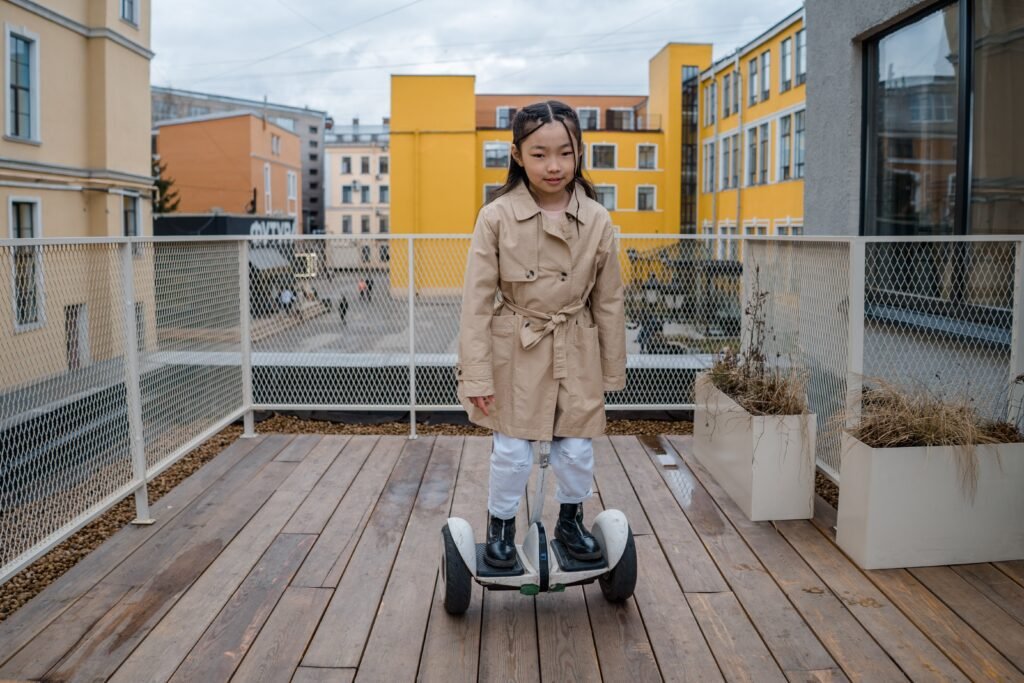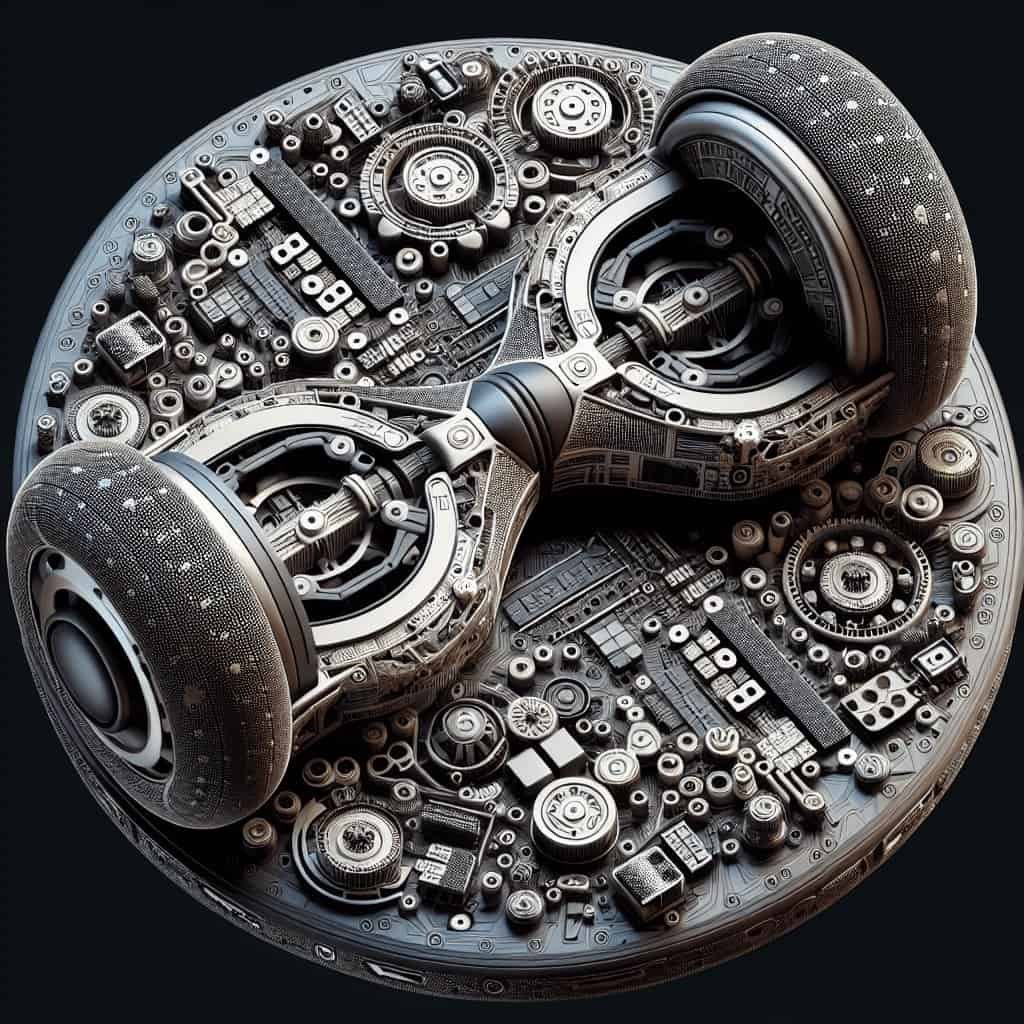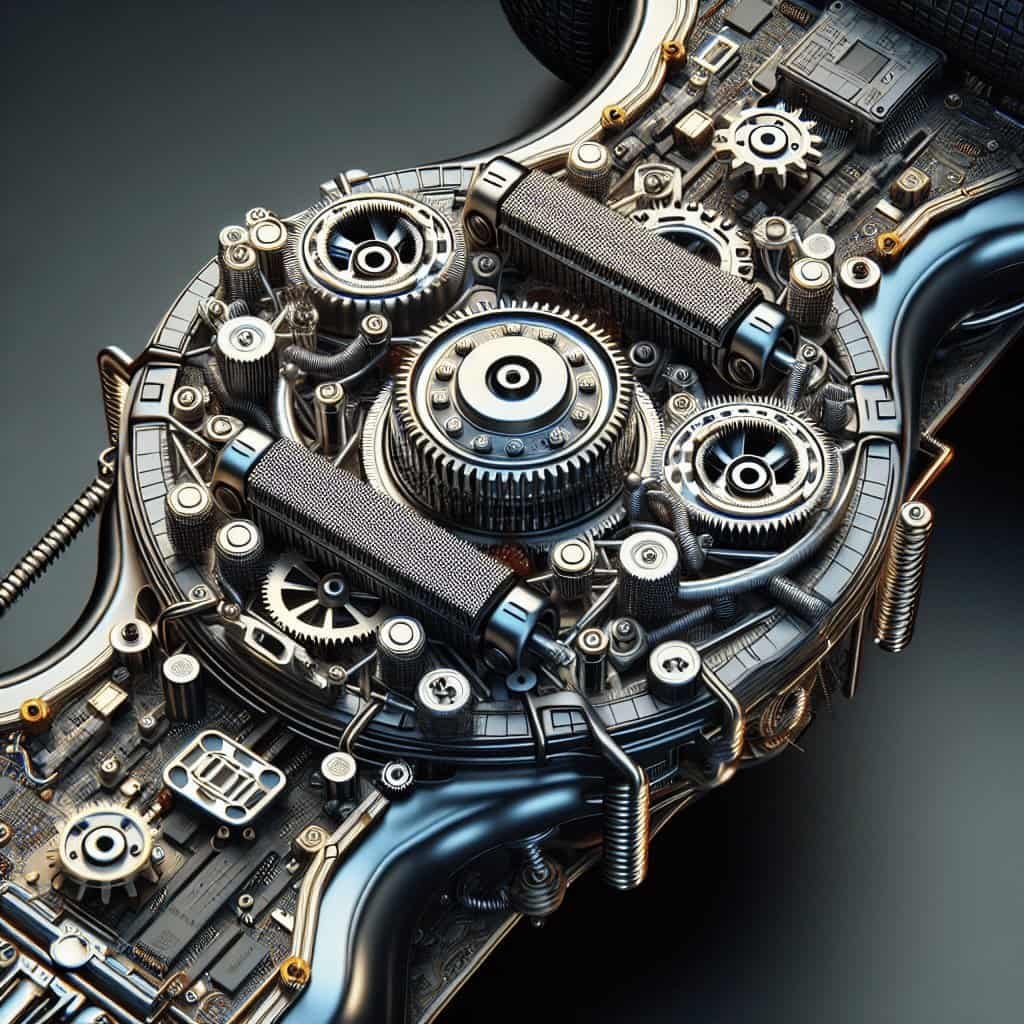So, you’ve got yourself a fancy hoverboard, but something seems a little off. Maybe it’s not responding as smoothly as it once did, or it’s veering to one side when you’re trying to go straight. Don’t worry, my friend, because I’m here to help! In this article, we’ll talk about the simple and easy process of recalibrating the sensors on your hoverboard, ensuring a smooth and enjoyable ride every time. No more wobbles or wayward turns, just pure hoverboard fun!

Why do I need to recalibrate the sensors?
Explanation of sensor calibration
Recalibrating the sensors on your hoverboard is an important maintenance task that ensures the device functions properly. Sensor calibration is the process of reconfiguring the sensors to accurately detect and respond to changes in the surrounding environment. This recalibration helps maintain the hoverboard’s stability and accuracy in terms of speed and turning. Over time, due to various factors such as regular usage, temperature variations, and physical impacts, the sensors may lose their calibration. Hence, recalibrating the sensors is necessary to restore the hoverboard’s optimal performance.
Benefits of recalibrating the sensors
By recalibrating the sensors on your hoverboard, you can experience various benefits. Firstly, recalibration ensures that the hoverboard operates smoothly and responds accurately to your commands. It helps maintain the stability of the device, allowing for a safer and more enjoyable riding experience. Recalibration also helps avoid any potential issues with the hoverboard’s responsiveness, such as sudden jerks or unexpected behavior. Additionally, recalibrating the sensors prolongs the lifespan of your hoverboard by reducing stress on the motors and components, ultimately improving the overall durability of the device.
Determining if sensor recalibration is necessary
Signs of sensor calibration issues
There are a few signs that indicate your hoverboard’s sensors may require recalibration. One common sign is the hoverboard leaning to one side or having difficulty balancing itself. If you notice that you need to constantly adjust your body position in order to maintain balance, it’s likely that the sensors need recalibration. Another sign is if the hoverboard turns more aggressively than usual or doesn’t respond smoothly to your turns. If you observe any of these signs, it’s a good idea to proceed with recalibrating the sensors.
Testing the sensors
Before jumping into recalibrating the sensors, it’s important to run a quick test to confirm whether recalibration is necessary. Start by turning on the hoverboard and placing it on a flat surface. Step off the device, ensuring it remains stationary. Gently push down on the front end of the hoverboard and observe if the LED lights on the front start flashing. If the lights don’t flash or flash inconsistently, it indicates that the sensors are not functioning properly and recalibration is required.
Preparing for sensor recalibration
Safety precautions
Prior to recalibrating the sensors on your hoverboard, it’s crucial to take some safety precautions. Make sure you’re wearing appropriate safety gear such as a helmet, knee pads, and elbow pads. It’s also important to perform the recalibration on a flat and stable surface to minimize the risk of accidents. Additionally, ensure that there are no obstacles or bystanders nearby that could potentially be harmed during the recalibration process.
Finding a suitable location
When preparing for sensor recalibration, choosing a suitable location is essential. Look for a spacious area free from any potential hazards. An open garage or an empty parking lot can serve as ideal locations for recalibration. It’s important to have enough space for maneuvering the hoverboard without any obstructions. By selecting an appropriate location, you can ensure a safe and effective recalibration process.
Checking hoverboard battery
Before going ahead with sensor recalibration, it’s advisable to check the battery level of your hoverboard. A fully charged battery ensures that the recalibration process can be completed without any interruptions. If the battery level is low, consider charging the hoverboard before proceeding with recalibration. This ensures a smooth calibration process, reducing the chances of issues arising due to low battery power.
Method 1: Manual recalibration
Step 1: Turn off the hoverboard
To begin the manual recalibration process, start by turning off your hoverboard. Locate the power button, usually positioned on the side or back of the hoverboard, and press and hold it until the device powers down completely. This ensures the safety of the recalibration process, preventing any accidental movements during the calibration.
Step 2: Level the hoverboard
Once the hoverboard is turned off, place it on a flat and stable surface. Ensure the device is level and not tilted to any side. A properly leveled hoverboard provides accurate results during the recalibration process. Take a moment to verify the position and adjust the hoverboard as needed until it is perfectly level.
Step 3: Initiating the manual calibration mode
To initiate the manual calibration mode, you need to find the calibration button or combination of buttons on your hoverboard. The location varies depending on the brand and model of your device, so refer to the user manual or manufacturer’s instructions for the exact steps. Typically, you need to press and hold a specific combination of buttons for a few seconds to enter the calibration mode.
Step 4: Following the calibration instructions
Once you’re in the manual calibration mode, your hoverboard may provide specific instructions for the recalibration process. These instructions typically involve tilting the hoverboard in different directions or rotating it in a circular motion. Follow the instructions carefully, ensuring that you maintain a safe grip on the hoverboard throughout the process. Once the recalibration is complete, the device should indicate that it’s ready to use.

Method 2: Factory reset
Step 1: Understanding the implications of a factory reset
Performing a factory reset on your hoverboard is a more advanced method of recalibrating the sensors. This method erases all the user settings and restores the device to its original factory settings. It’s important to understand that a factory reset will delete all your personalized settings, including speed modes and riding preferences. However, it can be an effective solution if manual recalibration doesn’t resolve the sensor calibration issues.
Step 2: Backing up important data
Before proceeding with a factory reset, it’s crucial to back up any important data or settings you may want to retain. This includes saving your preferred speed modes, riding modes, and any other customization options you’ve set up on your hoverboard. Refer to the user manual or manufacturer’s instructions to determine the backup method for your specific hoverboard model.
Step 3: Performing a factory reset
To perform a factory reset on your hoverboard, locate the reset button. It is usually a small pinhole button that requires a paperclip or a similar tool to press. Insert the paperclip into the reset button and hold it for a few seconds. Release the button once you see the lights on your hoverboard flash or hear a beep sound. The device will then reboot, erasing all user settings and returning to the factory default settings. Once the reset is complete, follow the initial setup process to configure your hoverboard again.
Method 3: Using specialized apps
Overview of sensor calibration apps
Another option for recalibrating the sensors on your hoverboard is to use specialized apps designed for this purpose. Sensor calibration apps utilize the sensors on your smartphone to perform the recalibration process. These apps offer a user-friendly interface and guide you through the steps required to recalibrate the sensors accurately.
Recommended apps for hoverboard sensor recalibration
There are several sensor calibration apps available for both Android and iOS devices. Some popular apps include “Hoverboard Calibration” and “Hoverboard Sensor Calibration.” These apps offer simple and intuitive interfaces, making the recalibration process easy to follow. It’s important to choose an app that is compatible with your hoverboard model, so always check the app’s compatibility before downloading.
Step-by-step guide on using a sensor calibration app
After downloading and installing a compatible sensor calibration app, follow these steps to recalibrate the sensors on your hoverboard. Launch the app on your smartphone and ensure that Bluetooth is enabled. Then, pair your hoverboard with the app by following the on-screen instructions. Once the hoverboard is connected to the app, select the sensor calibration option. The app will guide you through the calibration process, usually involving tilting and rotating the hoverboard as instructed. Follow the app’s prompts and complete the recalibration. Once finished, disconnect the hoverboard from the app and confirm that the sensors are calibrated by testing the device’s balance and responsiveness.

Common troubleshooting tips
Restarting the hoverboard
If you encounter any issues with your hoverboard’s sensors even after recalibrating them, a simple troubleshooting step is to restart the device. Turn off the hoverboard, wait for a few seconds, and then turn it back on. Sometimes, a quick restart can resolve minor glitches or temporary sensor calibration issues.
Checking for firmware updates
Another troubleshooting tip is to check for firmware updates for your hoverboard. Manufacturers often release firmware updates to improve performance and address any known issues. Check the manufacturer’s website or contact customer support to determine if there are any firmware updates available for your hoverboard model. Updating the firmware can potentially fix sensor calibration problems and provide overall enhancements to your device.
Contacting customer support
If you have followed all the recalibration methods and troubleshooting tips but still experience persistent sensor calibration issues, it’s recommended to reach out to the hoverboard’s customer support. Contact the manufacturer directly or seek assistance from authorized service centers. They will have the expertise to diagnose and resolve complex sensor calibration problems and guide you towards a satisfactory solution.
Maintaining sensor calibration
Regular sensor checks
After performing sensor recalibration, it’s important to conduct regular sensor checks to ensure that the calibration remains accurate. Before each ride, take a moment to verify that the hoverboard is balancing properly and responding correctly to your movements. If you notice any sudden changes or deviations in performance, it may indicate that the sensors require recalibration again.
Avoiding extreme conditions
To maintain sensor calibration, it’s advisable to avoid exposing your hoverboard to extreme conditions. Extreme heat, cold, or humidity can affect the sensors’ performance and accuracy. Keep your hoverboard in a moderate environment and store it in a safe, dry place when not in use. By protecting your hoverboard from extreme conditions, you can help prevent the need for frequent sensor recalibration.
Keeping the hoverboard clean
Regularly cleaning your hoverboard can also contribute to maintaining sensor calibration. Dust, dirt, and debris can accumulate on the sensors, affecting their accuracy. Use a soft cloth or brush to gently wipe off any dirt or particles from the sensors. Keeping your hoverboard clean not only enhances its appearance but also ensures optimal sensor performance and longevity.

Risks and precautions
Possible risks associated with sensor recalibration
While sensor recalibration is generally a safe process, it’s important to be aware of the possible risks involved. Improper recalibration or handling can lead to unintended movements or loss of balance, resulting in accidents or injuries. It’s crucial to follow the recalibration instructions carefully, ensure a stable surface, and take all necessary safety precautions.
Safety precautions to follow
To minimize any potential risks, it’s essential to adhere to certain safety precautions during sensor recalibration. Always wear appropriate safety gear, including a helmet, knee pads, and elbow pads. Perform the recalibration process in a spacious area, away from obstacles or bystanders. Double-check that the hoverboard is turned off and level before initiating the recalibration. By following these safety precautions, you can mitigate the risks associated with sensor recalibration.
Conclusion
Recalibrating the sensors on your hoverboard is a crucial maintenance task that helps ensure optimal performance, safety, and longevity of the device. By understanding the sensor calibration process and following the appropriate methods, you can easily recalibrate the sensors to restore your hoverboard’s stability and responsiveness. Whether you choose the manual recalibration, factory reset, or specialized app method, always prioritize safety and follow the recommended precautions. By maintaining sensor calibration and performing regular checks, you can continue to enjoy a smooth and enjoyable riding experience on your hoverboard.


